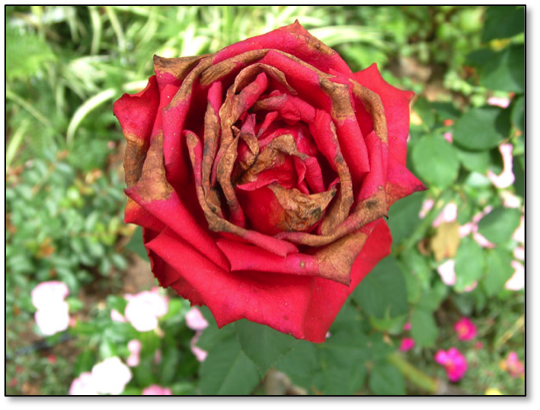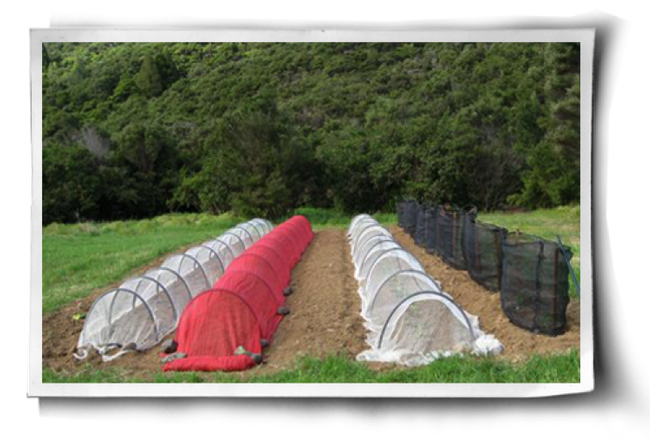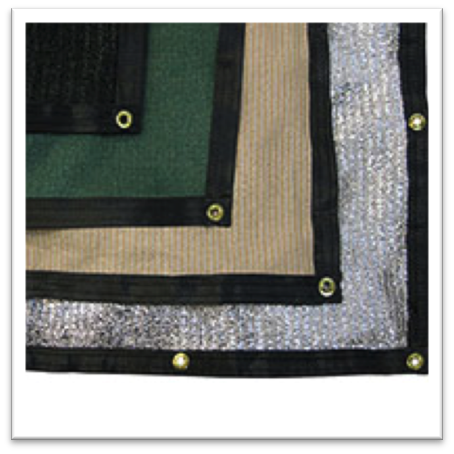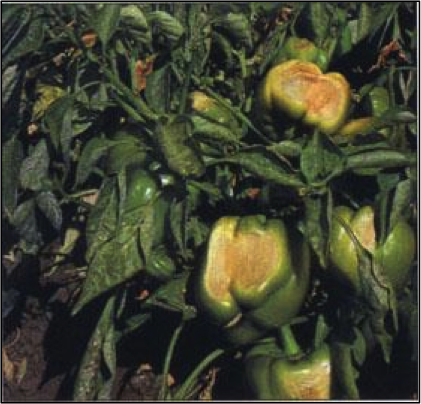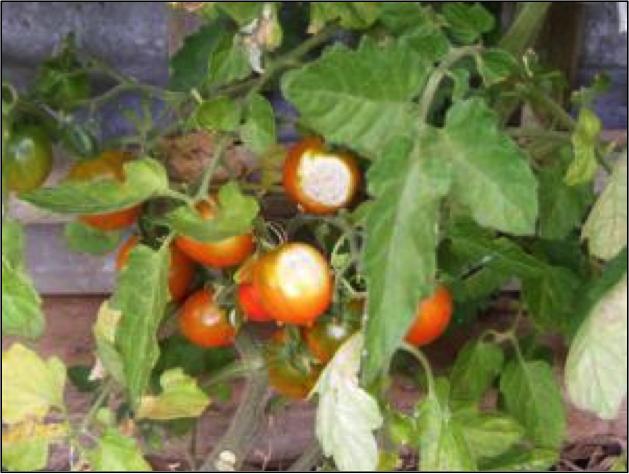Hot Hot Hot: Finding Relief from the Drought in Fall
"Me mind on fire -- Me soul on fire -- Feeling hot hot hot" are not just lyrics to the catchy one-hit wonder by Buster Poindexter. It's also what we've been thinking (and our plants have been feeling) this summer. Although as of September 22nd, the season technically shifted from summer to fall, the temperatures have remained in the mid- to high 90's.
The hot sun and high temperatures can be brutal on a garden causing plants and vegetables to wilt, and soils to dry out. This isn't only about the heat and sun though; when diminished water availability is added to the scenario, it becomes about the effects that all three combined have on the garden. The goal this year has been to keep a healthy amount of moisture in the soil using less water.
With the water restrictions still in effect, it's important to look at ways to grow a fall garden with less water. One way to do that is by using row covers or shade cloths.
Protecting the plants from direct sunlight by using row covers or shade cloth reduces the leaf temperature and plant watering needs (they don't "sweat" as much). This can raise the production of your garden and reduce your irrigating and fertilizing costs. Its also useful in protecting your vegetable patch from insects and birds.
Row covers are often used in the winter to protect plants from frost, and during the spring and summer months to block out the sun. However, consider using them during the early fall season to protect your newly planted "cool" season crops from the sun and heat. Row covers generally block out 15-30% of the sun, depending upon the thickness of the cloth.
With the autumnal heat we've been having, shade cloth, which is a little heavier, might be an even better way to go. It comes in a variety of colors and densities depending upon the amount of sun to be blocked and what vegetables or plants need protection. While light colored shade cloth will reflect more of the sun's rays and heat, expect higher temperatures under darker shade cloth, unless you provide ample air space.
Shade cloth requires a simple support structure consisting of PVC or metal bows that span one or more rows. The bows support the shade cloth over the crop, providing cooling shade and reducing water needs.
If you are planting a vegetable garden, understanding the light requirements of each crop may allow you to plant some crops in a naturally shaded environment. Lettuce, currants, gooseberries, spinach, cauliflower and most beans can grow in conditions with less than full sun. Under these conditions, water use needs will be reduced due to the natural cooling of the plant.
Even plants that require full sun and love the heat (80-90°), such as peppers and tomatoes, sometimes need shade cloth too due to the intense summer sun or heat. I placed shade cloth over my tomatoes this summer when the temperatures were especially high.
Shade cloth can be placed over plants during the hottest time of the day (11 am to 4 pm) to keep them from getting sunburned or stressed. Sun damage can result in wilted or burned leaves and skin. Many of the cool season crops will bolt or go to seed prematurely in higher temperatures, and leafy vegetables turn bitter in taste.
Seedlings and recently transplanted starters do best with reduced sun until they are established. Initially, a shade cloth with a 10% percent density is perfect for sun-loving plants; 30% density cloth is best for more sun sensitive plants. This weight of cloth can also provide some protection from the drying effects of wind. During the hot summer months, most vegetable garden plants require 40% to 60% percent protection from the sun. Even though we are now in October, given the high temperatures were experiencing, using a 40-50% shade cloth to cover the newly planted crops can help with reducing the temperature. Shade can lower plant and soil temperatures by as much as 10°F.
Row covers and shade cloth can be purchased at many garden centers or online. I purchase mine online because of the broader selection.
